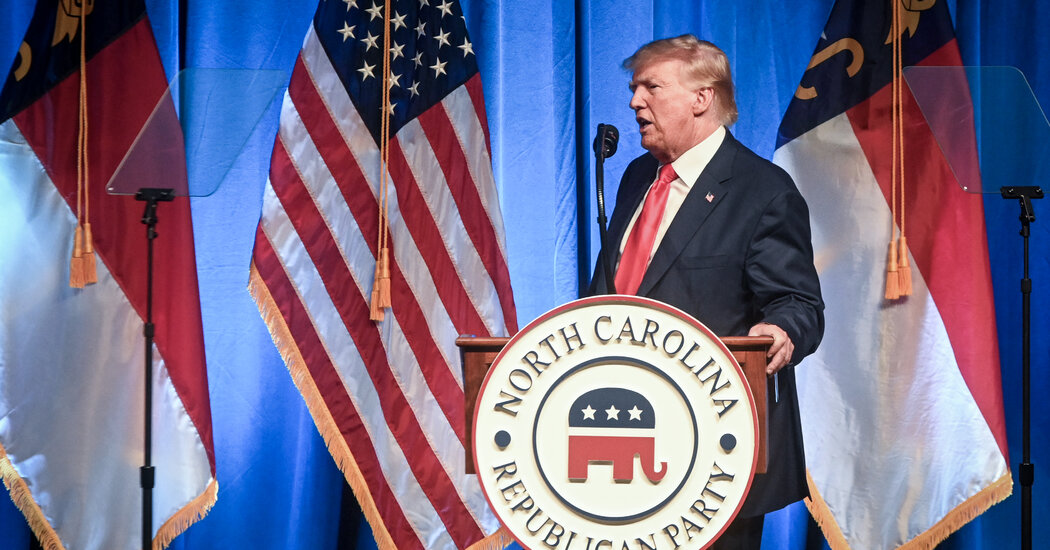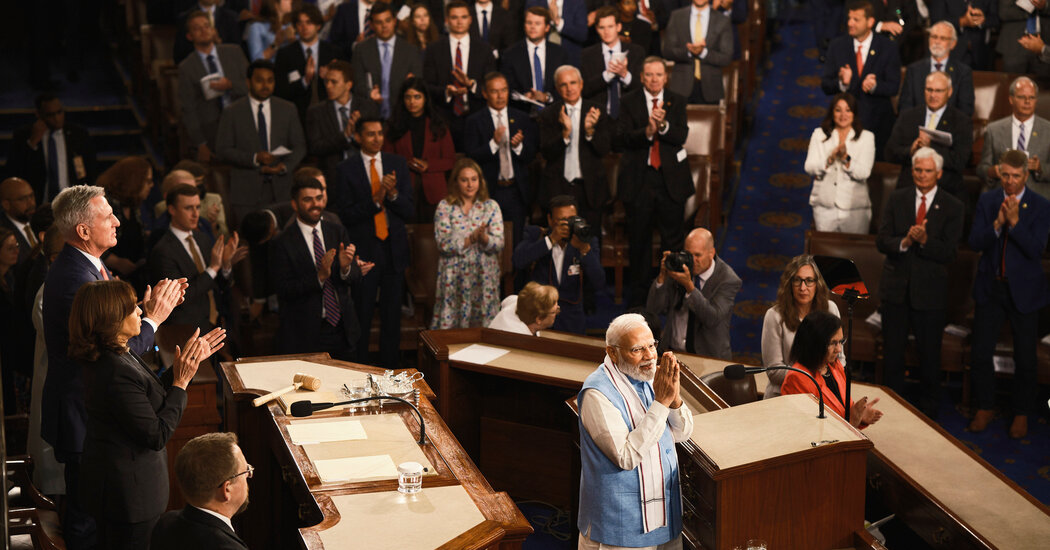What Is Affirmative Action? What Is the Equal Protection Clause?
The Supreme Court’s majority ruling on Thursday that rejected race-conscious admissions at colleges cited, in part, the Equal Protection Clause. Here is a brief primer on the terms of the issue, their history and how they have been used.
What is affirmative action?
It is an effort by universities to diversify their classes by factoring race into their admissions decisions.
The assassination of the Rev. Dr. Martin Luther King Jr. in 1968 was a turning point, with students pushing colleges to redouble their efforts to be more representative of American society. Less than four weeks after Dr. King’s death, Harvard’s dean of admissions announced a commitment to enrolling a substantially higher number of Black students than in the past.
The dean said that a student who had “survived the hazards of poverty,” was “intellectually thirsty” and “had room for growth” would be given preference, according to Jerome Karabel’s history of Ivy League admissions, “The Chosen.”
For the Harvard class admitted in 1969, Black enrollment jumped. Of the 1,202 freshmen in the class, according to Dr. Karabel, 90 were African American, up from 51 in 1968, a 76 percent increase. Competitors like Yale, Princeton and Columbia also stepped up efforts to enroll Black students.
What is the Equal Protection Clause?
The Equal Protection Clause of the 14th Amendment ensures that all Americans receive equal protection under the Constitution.
It has been cited in a wide variety of court cases, including Brown v. Board of Education, the landmark ruling in 1954 that declared racial segregation in schooling unconstitutional; and, more recently, the Obergefell v. Hodges ruling in 2015 that cemented same-sex marriage as a right.
Both the majority and the minority opinions in Thursday’s ruling cited the clause, using different interpretations. Chief Justice John G. Roberts Jr. wrote that race-based admissions programs “cannot be reconciled with the guarantees of the Equal Protection Clause,” while Sonia Sotomayor wrote in a dissent that the decision “subverts the constitutional guarantee of equal protection by further entrenching racial inequality in education.”
Why is it called affirmative action?
Affirmative action, as a term, came to the fore in 1935 with the Wagner Act, a federal law that gave workers the right to form and join unions. But John F. Kennedy was the first president to link the term specifically with a policy meant to advance racial equality, according to Smithsonian Magazine.
In 1961, Mr. Kennedy issued Executive Order 10925, establishing the President’s Committee on Equal Employment Opportunity and requiring federal contractors to “take affirmative action to ensure that applicants are employed, and that employees are treated during employment, without regard to their race, creed, color or national origin.”
President Lyndon B. Johnson cemented the connection with his own, more expansive, executive order.
Over time, the term took hold in education as well, spurred on by the civil rights movement and social unrest, according to Dr. Karabel.
Through decades of legal decisions, the scope and meaning of affirmative action had changed — far from what schools may have first envisioned.
The court’s decision on Thursday brings that Kennedy legacy of affirmative action as it came to be applied to colleges and universities to a close.


